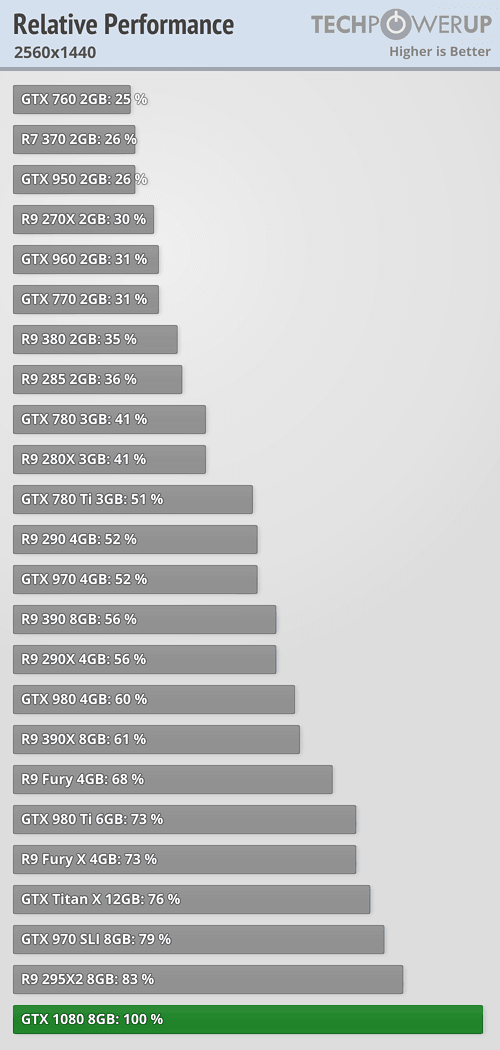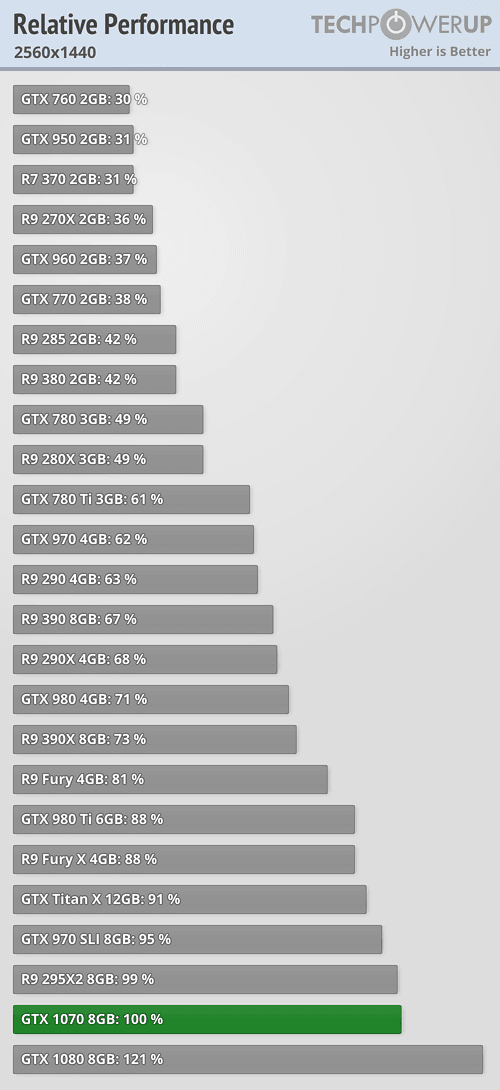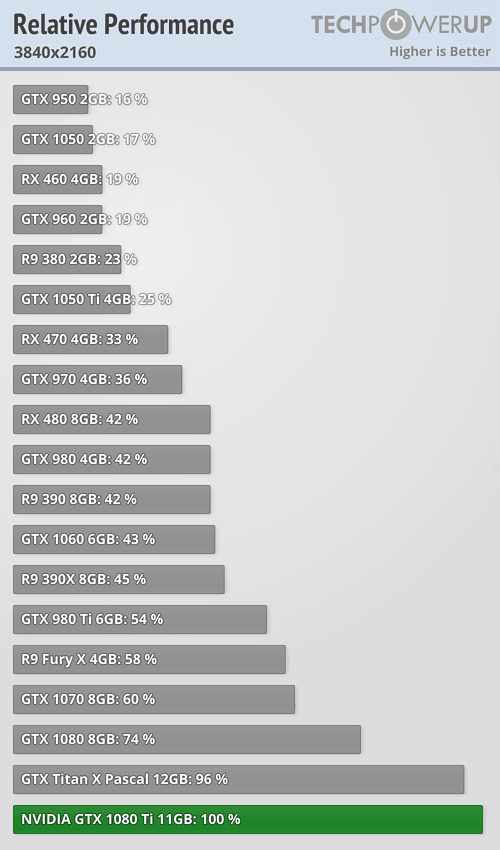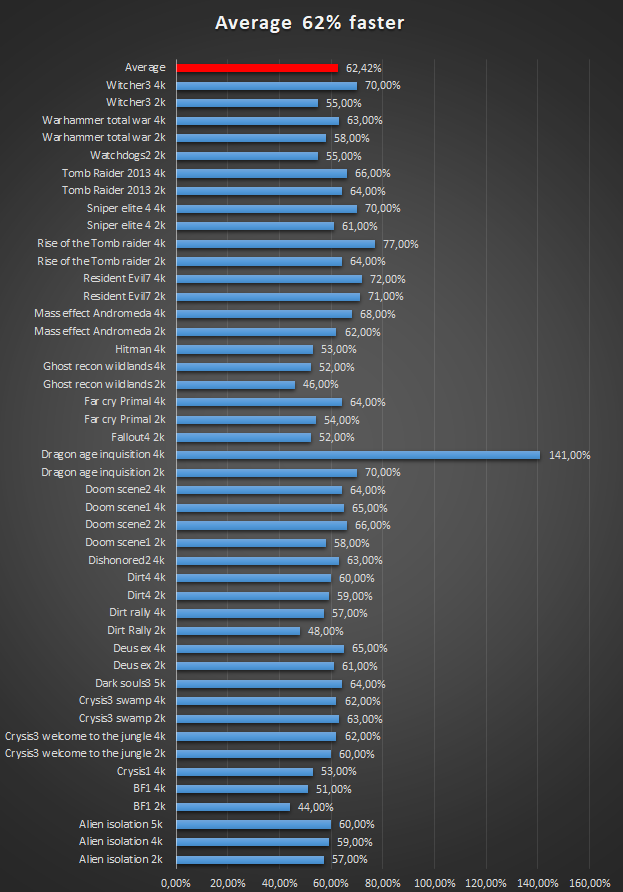I dont think so. It should be possible to get these numbers into 600mm², 400mm² like with Maxwell. Bouowmx already showes the scaling which are worst case numbers, but a gaming chip will be smaller. GP102 will only scale shaders up and features. V100 had Tensor Cores, 50% more nvlinks, 2mb additional l2 cache and 45% more l1/Shared Memory per SM compared to GP100. And nevertheless they increased shader count by 40% with just 33% more die size.
GV102 won't have tensor cores (maybe a few for compatibility), won't have interfaces like nvlink which need to scale, probably won't have a increased l2 cache and scaling of L1 Cache will probably be between 15-33%. Additionally we have the 12FFN process which is unknown. Just because GV100 doesn't show scaling means nothing. Building such a big chip with a bit lower density might improve yield substantially. GV102 might have a 5% higher transistor density and then you're easy under 600mm².
I don't think Nvidia wants consumer dice as large as Maxwell. AMD isn't in a good place vis-a-vis competitiveness ATM, so I don't see NV going with large dies. Again, I could be wrong, but uarch gains and perf/watt on consumer Volta GPUs will be enough - maybe will a small bump in die size. I'll be happy if I'm wrong, but NV is highly valued by Wall Street now, so profits come first.






